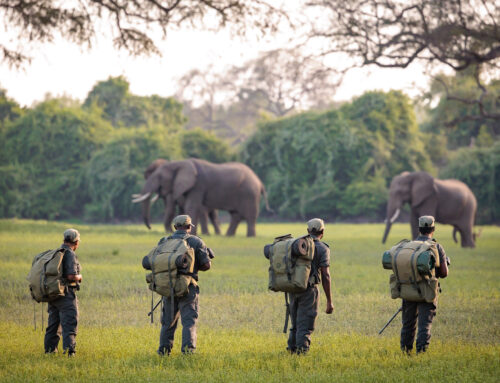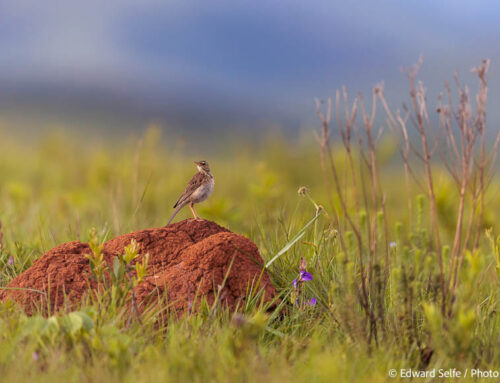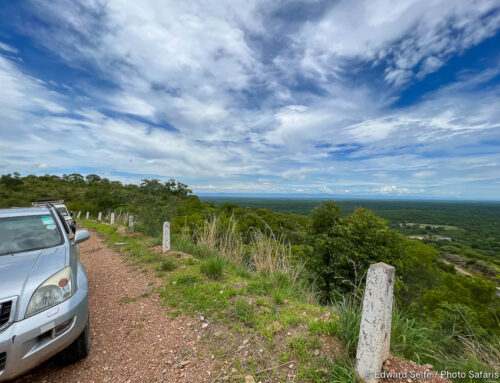As before, and with each of these updates, I send my best wishes to you and hope that you are well. To those in Northern European nations which are entering lock-down once more, I wish you all the best with the coming months.
Zambia is beginning mass testing for COVID-19 and we wait, anxiously, to discover whether the virus is widespread or, as it appears, that this nation has somehow avoided the worst of the global pandemic.
With tight controls on access into Zambia, the government has encouraged domestic tourism where possible to keep the economy moving. It has not been enough to keep Zambia’s population fully supported but it has certainly helped with avoiding total stagnation. I have had the unusual chance to travel to various parts of the country with my family during a time when I would normally be on safari with my guests.
In the last two weeks, we took a long road-trip north through the Luangwa Valley to the North Luangwa NP and then up on to the escarpment to stay at Mutinondo Wilderness area. ‘North Park’ was, as home is, very hot, dry and the game viewing excellent. Mutinondo was cool (at nearly 1500m above sea level) and a welcome respite from the heat of the Valley floor.
Starting with North Luangwa; I put together a short video of clips that I took while we were there. It opens with footage that was the highlight of the week…and continues with some film of collaring wild dogs with the Zambia Carnivore Programme. Read on after the video for more info.
As before, here is a summary of events using images and captions.


That afternoon gave us the highlight of the week, and perhaps of 2020! We waited along the banks of the Mwaleshi, overlooking one of the seasonally-exposed floodplains and watched to see what would come. Among herds of impalas, and a small group of wildebeest emerged first two, then a third, large grey lump!
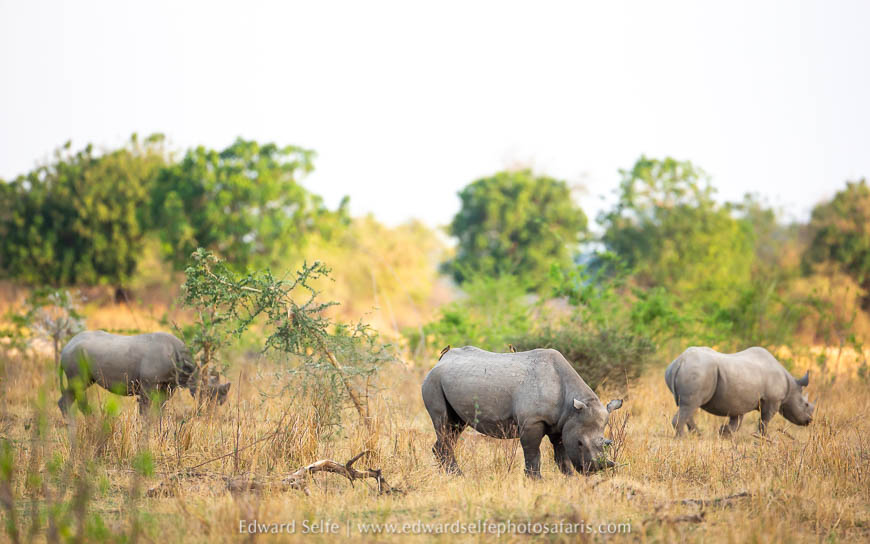
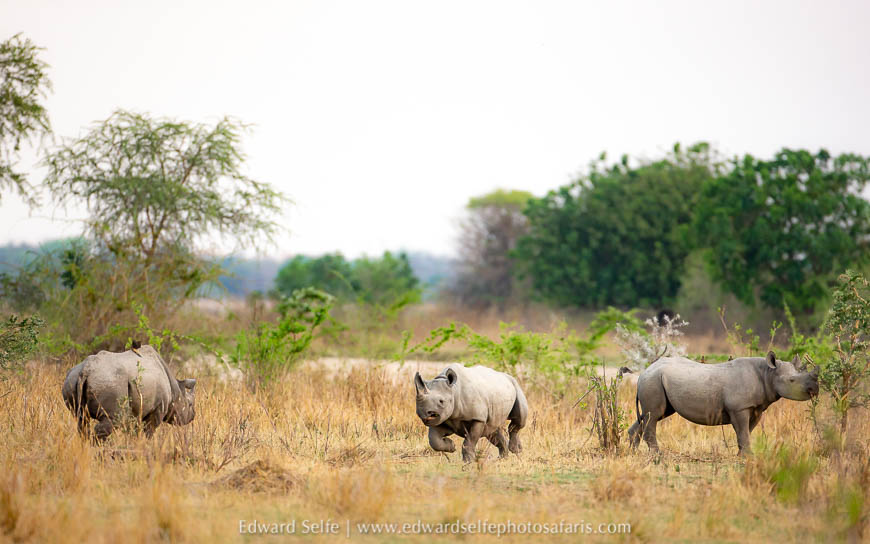
…..and was promptly seen off by her, accompanied by a raised-head threat display and a low growling-grunt which we heard even from 150m away!
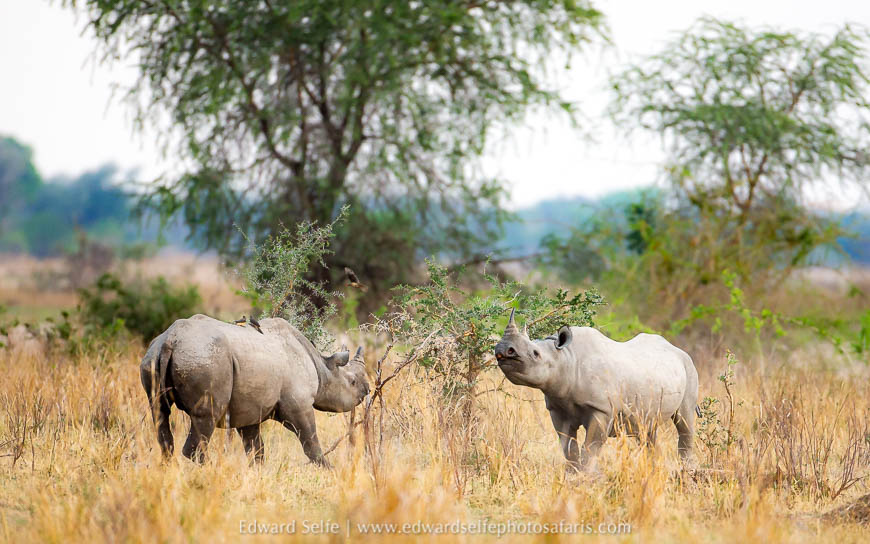
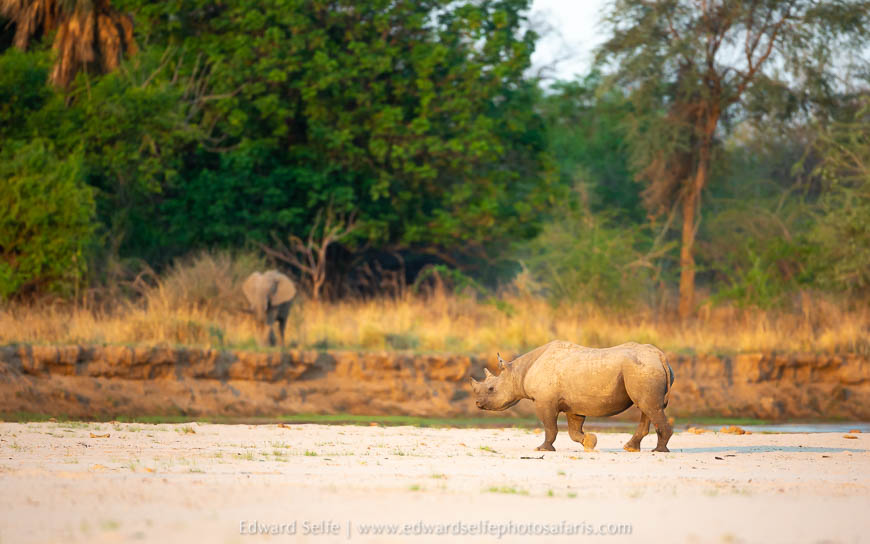
Totally exhilarated by the chance to see this species at all, but to see 3 together and to observe such interesting behaviour, we moved off to the river to watch the sunset and see what else might be coming to the water to drink that evening.
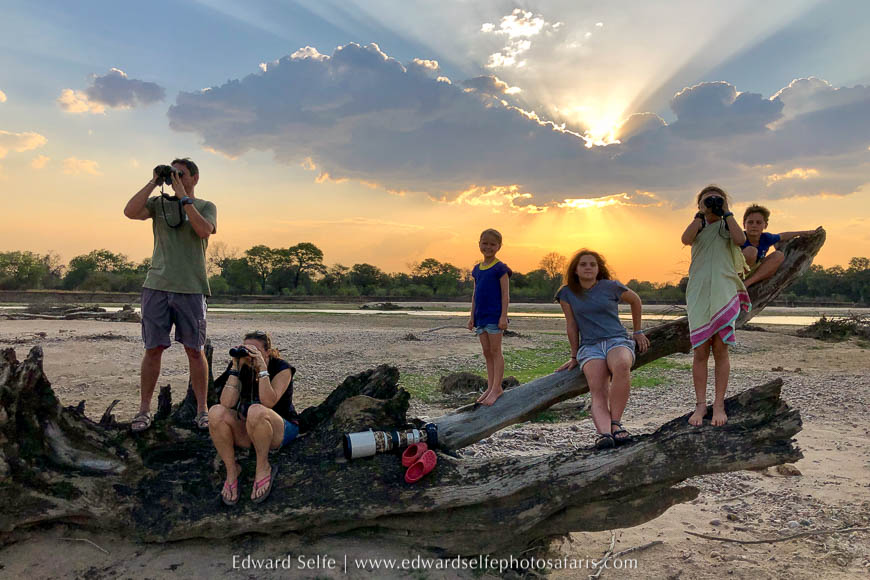
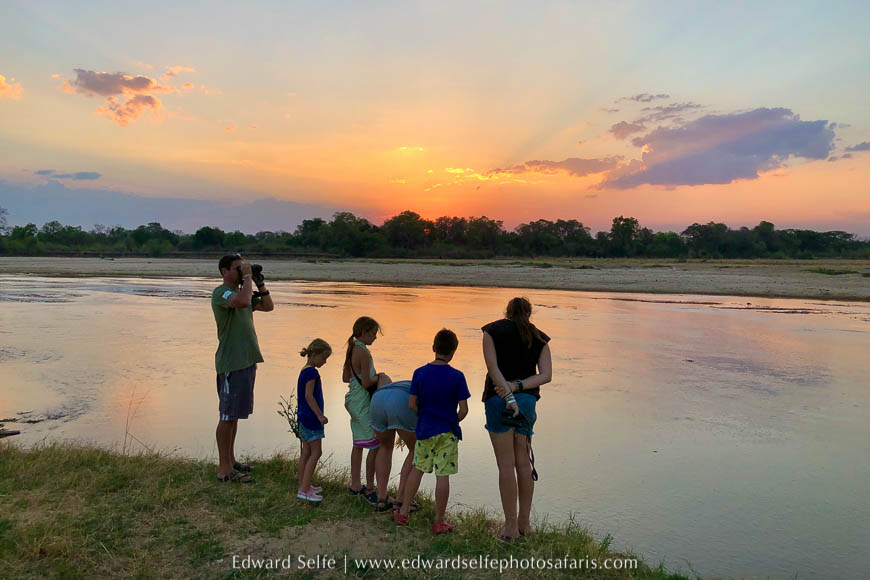
The following day, we went to look for the packs of wild dogs that we had seen the previous lunchtime. The large pack of 15 was resting under a large tree but, the moment we arrived, they roused themselves and rushed to the river bank to play in the shallow, water, drink and cool down. In the heat of the day, shade is cooler than the river. But once the sun starts its journey down, the water cools and the river is the place to be!
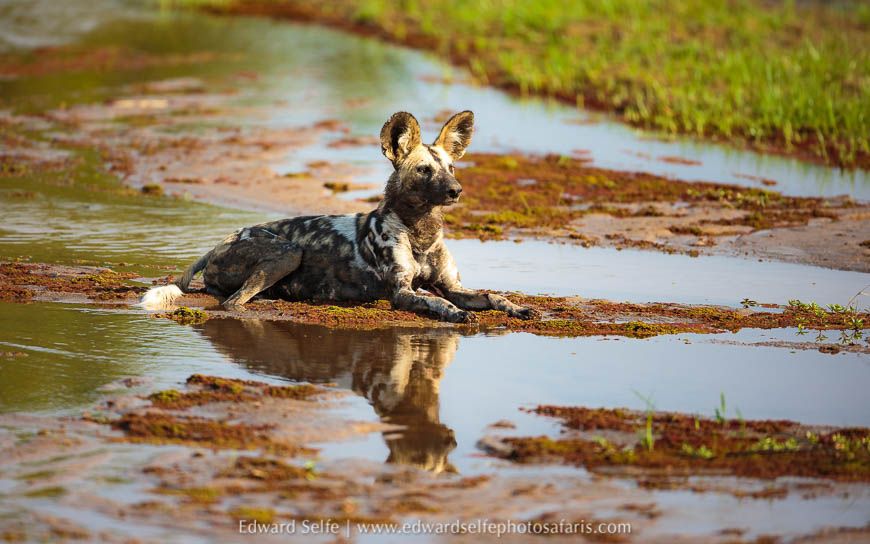
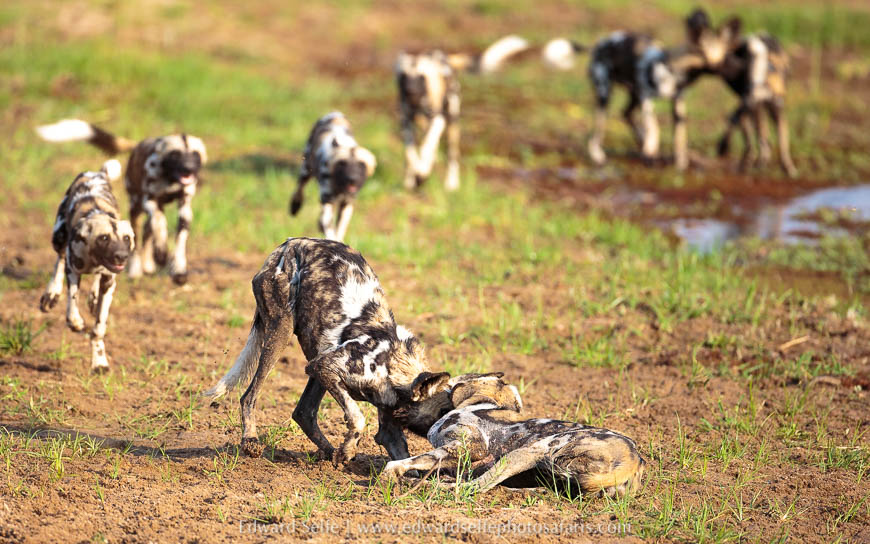
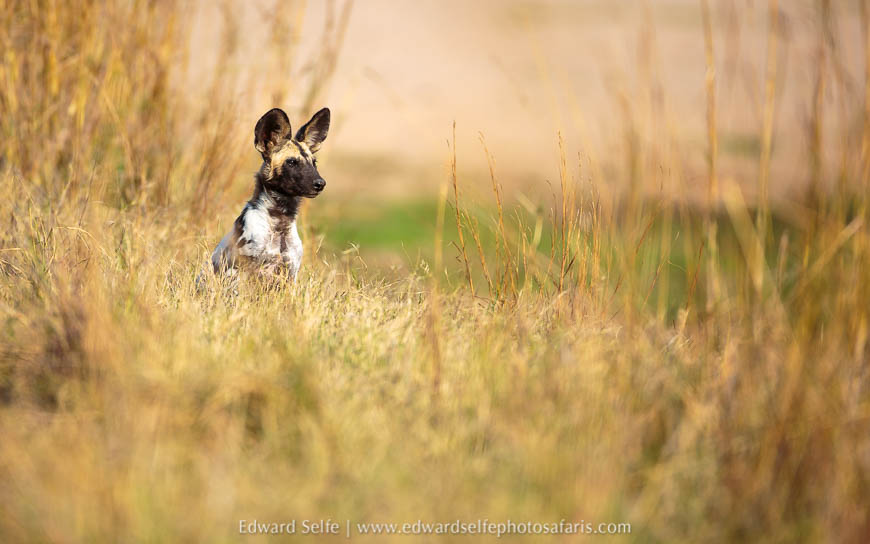
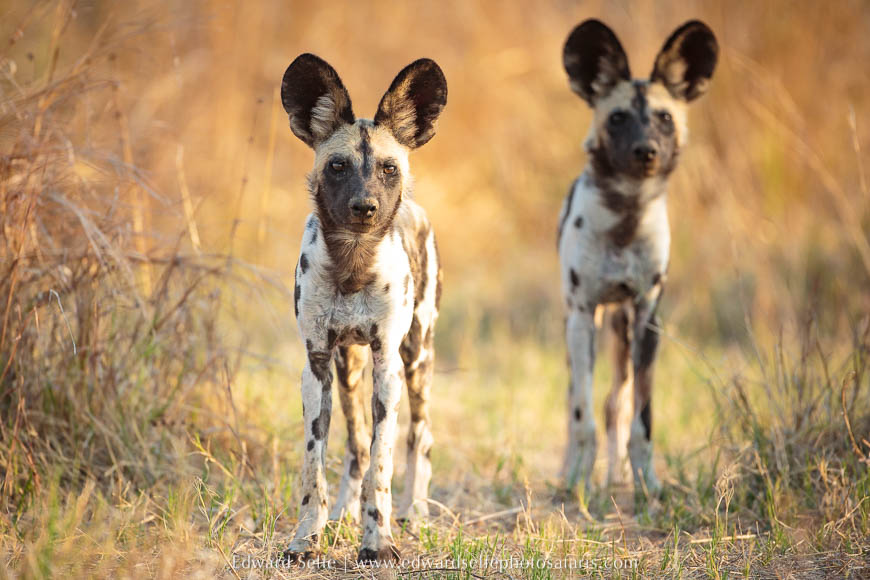
We were in the NLNP during the same week as one of the Zambian Carnivore Programme’s field teams. Their aim was the place tracking collars on two dogs from each of the 3 packs that have been spotted in the park. One collar is usually placed on the alpha male or female and the second on a subordinate dog which is showing signs of dominant behaviour and might lead a dispersal group from the main pack. When that happens, they will still be monitored and protected. Some collars are VHF only but some are GPS/satellite collars which transmit their location a specified number of times each day; the downside of these is that the battery may last for a shorter time.
I have done many days of work for ZCP in the past so I had offered to take photos for them when they deployed collars on the packs that they could find. I was fortunate to join them when they changed the collar on the alpha male from the Lutaba pack. The photos have been given to ZCP but I will show one here, plus one of me with the immobilised dog!
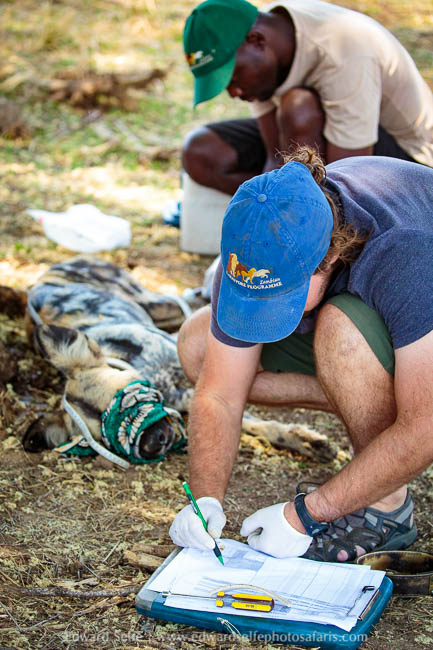
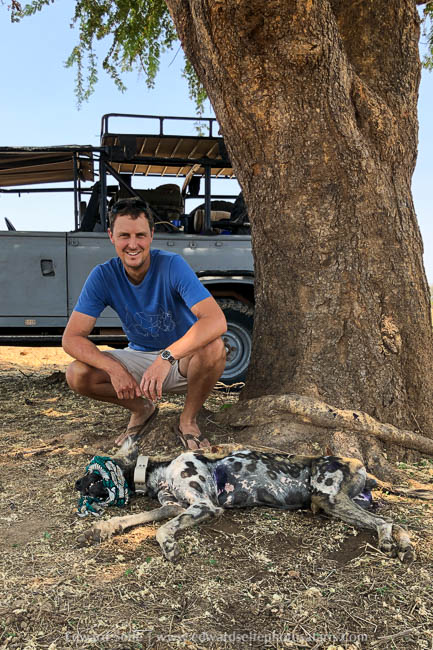
Following the administering of the reversal drug, we monitored the male dog for a while until he started to stir. We then moved off to give him space to wake up fully. It was great to watch as he called (a “hoo-call”) and the rest of the pack — which had moved away when we darted him — returned at the run and piled all over him in a wonderful social greeting! While I fully support the need to collar social carnivores such as lions and dogs, I was always concerned about the risk of a pack splitting up after a darting occurs and the immobilised dog being unable to find the rest. It seems that this is a small risk as the social calls gather the pack together rapidly.
Our last day in the NLNP was spent visiting the Mwaleshi Falls, a beautiful cascade of small waterfalls where the Mwaleshi River passes between two hills. We spent the day there, enjoying the cool water and jumping off rocks into the deep pools. This spot is accessible to camps in the park, but guides and DNPW scouts are needed to accompany you there.
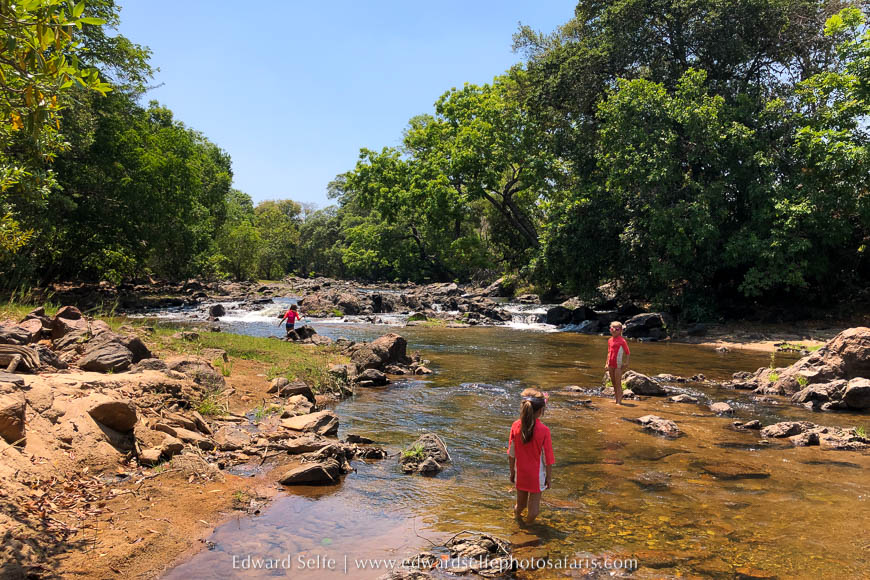
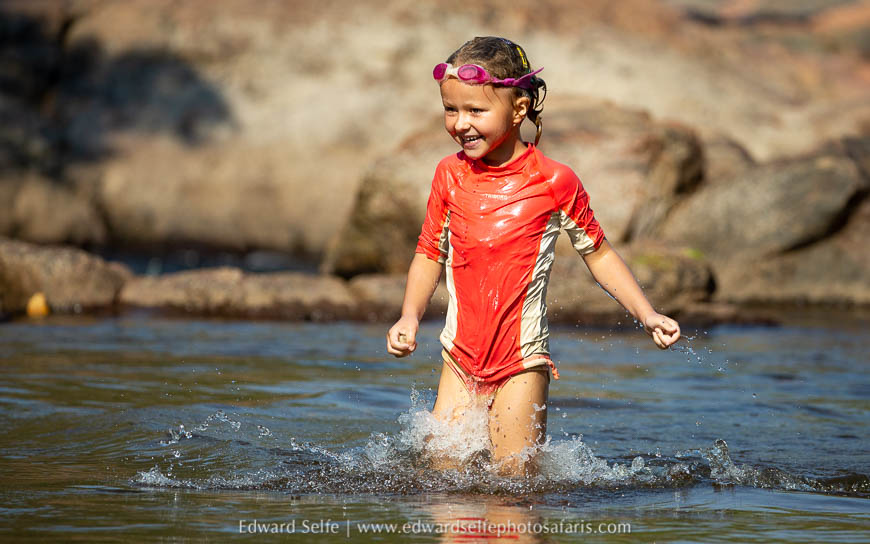
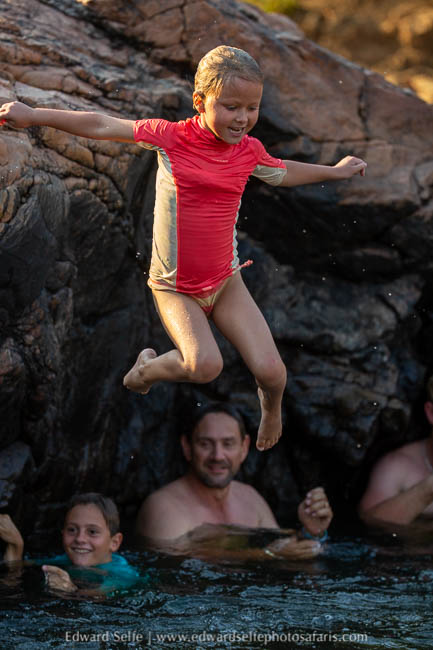
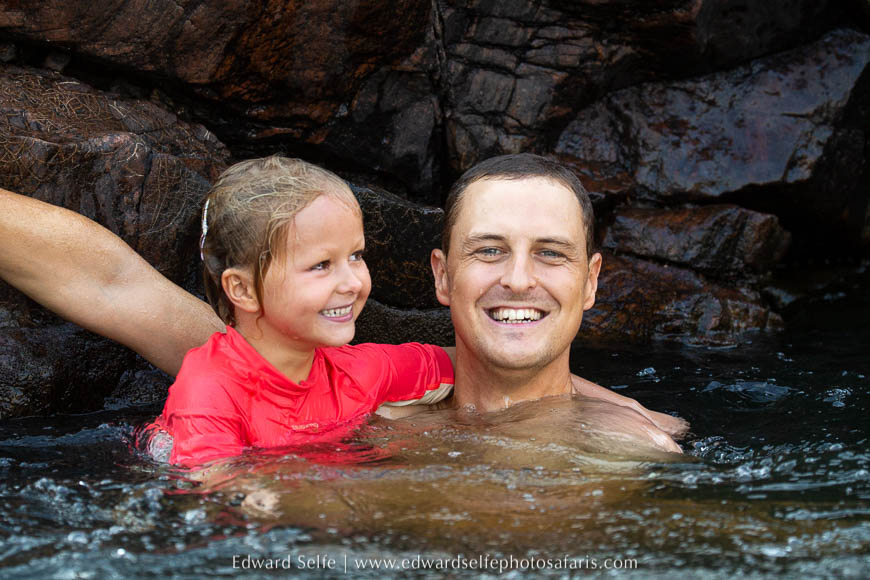
It was sad to leave NLNP as we had loved the wildlife and the stunning scenery along the Mwaleshi. But the call of a cool, beautiful Mutinondo was too strong. Perched on the edge of the Muchinga escarpment, which borders the Luangwa Valley, Mutinondo Wilderness is a place like no other. Pristine miombo woodland interspersed with granite inselbergs, it is many people’s favourite place on earth and it’s easy to see why.
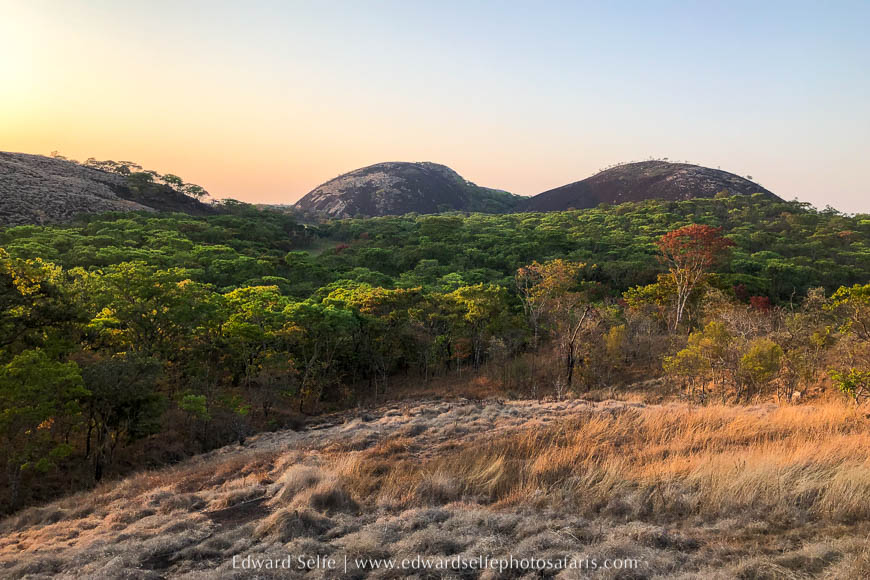
With the late and heavy rainy season that we had in 2019-20, there was still a lot of water in the rivers that run through the area. Being shallow, cold and clear, there are no crocodiles here which makes the area safe for swimming and a joy to explore. We spent our days walking, kayaking, swimming and climbing the inselbergs to enjoy the amazing views from the top. Anyone who has been here vows to go again, and I would strongly recommend it to anyone who has a chance. I will be taking a small group of explorers there next year as part of a tour round central Zambia and I can’t wait to show them its charms.
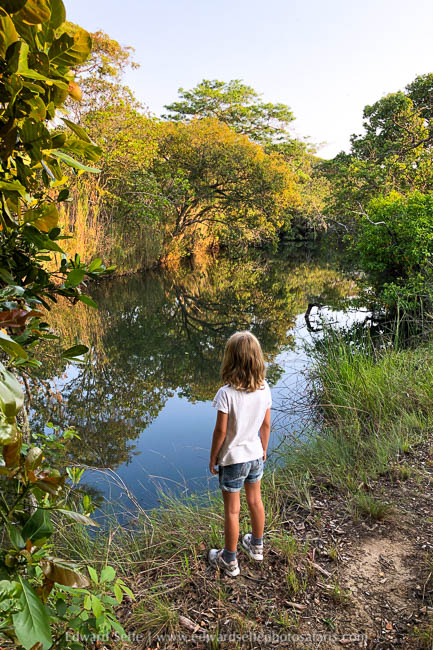
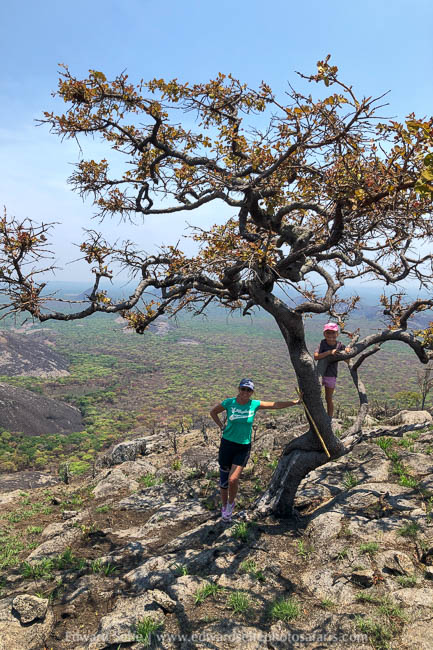
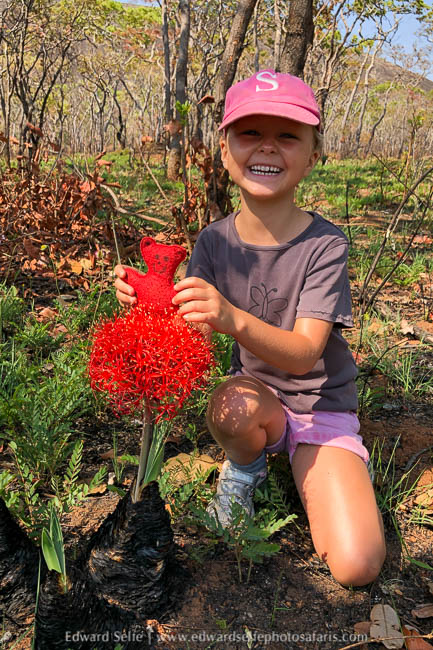
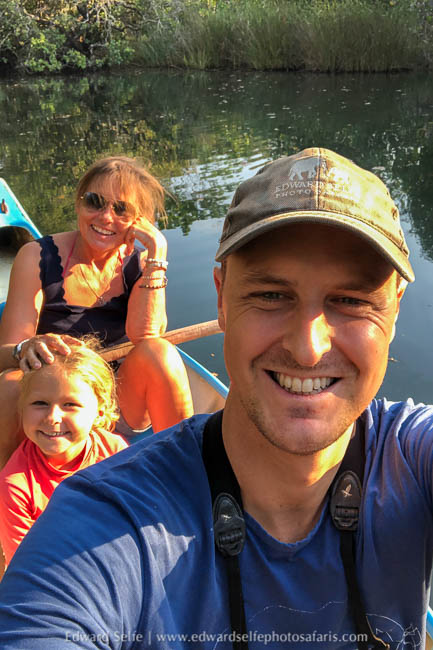
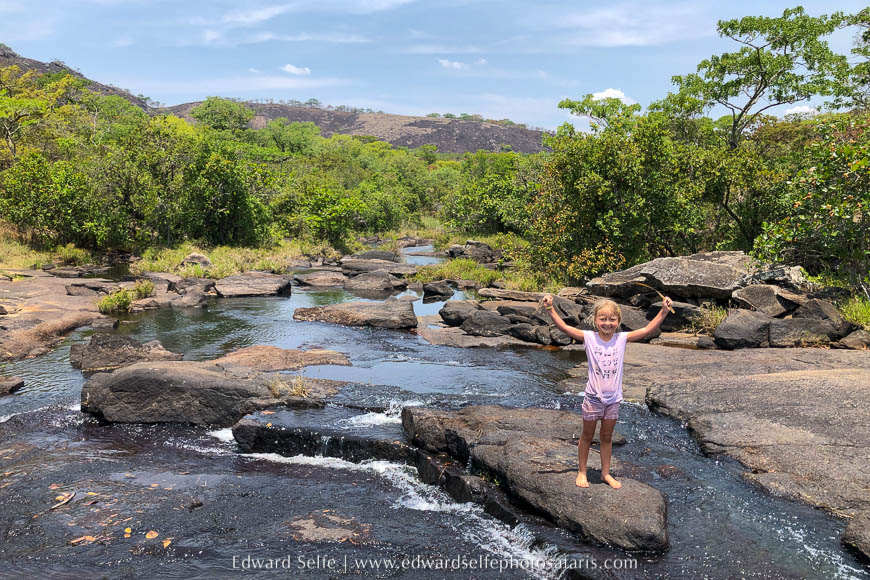
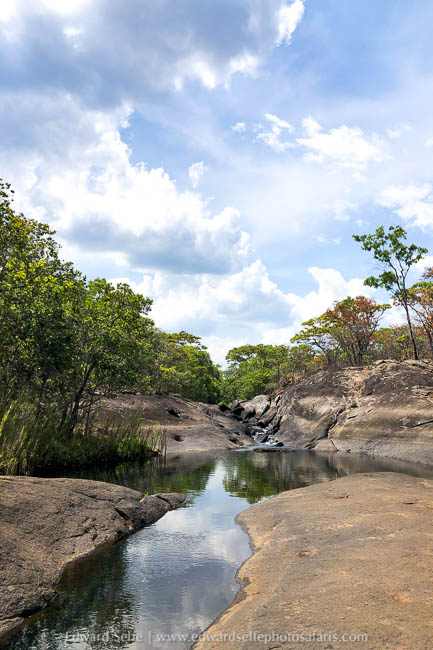
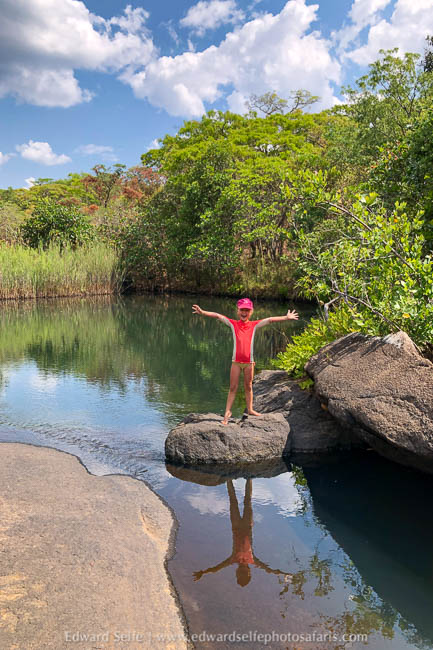
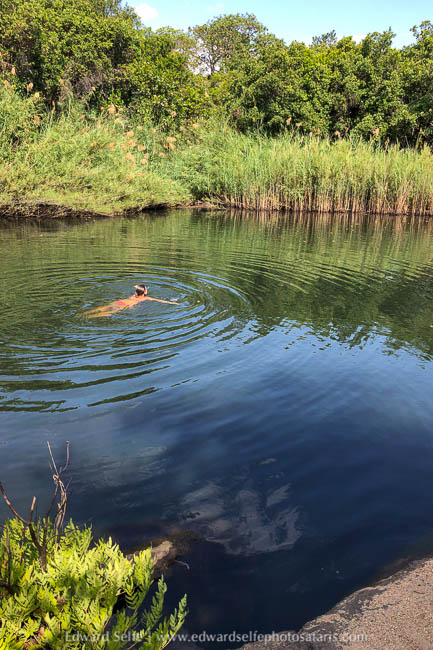
On our last evening, Lari put together a packed supper and we ate at sunset on Charlie’s rock. First we climbed the rock and explored an early Iron Age settlement at the base of one of the sheer rock faces. The views from the top were spectacular, particularly as there was a storm brewing all around and the wind was howling!
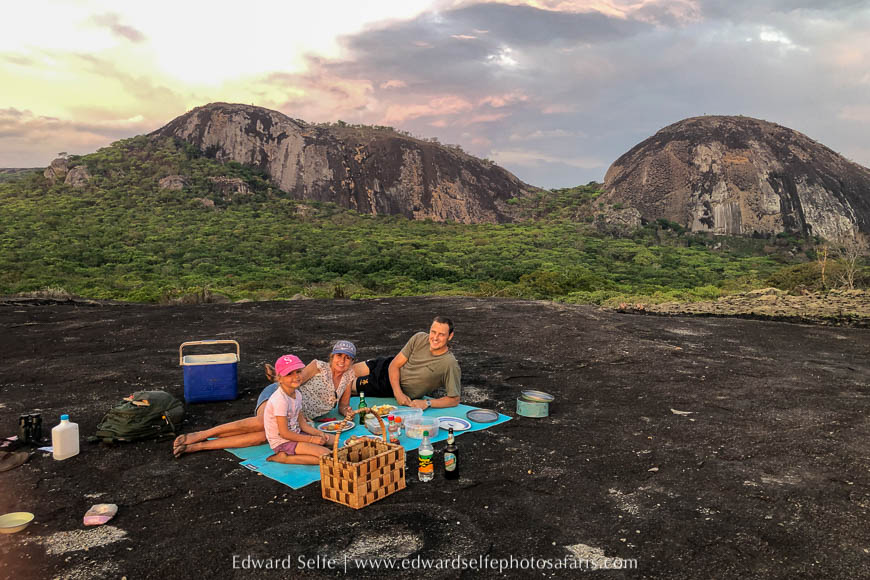
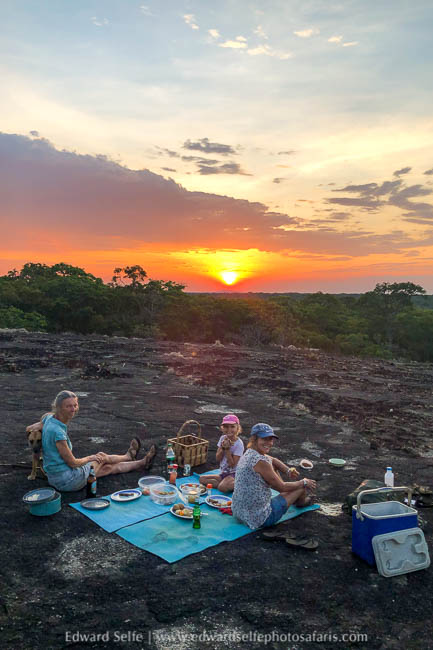

As always, thank you for reading! Much appreciated. When Zambia re-opens, there is so much on offer that is off the main tourist routes and well worth the effort to get there. North Luangwa National Park is one to watch for the future and if you are heading in that direction, add Mutinondo to your itinerary. You won’t regret it.

